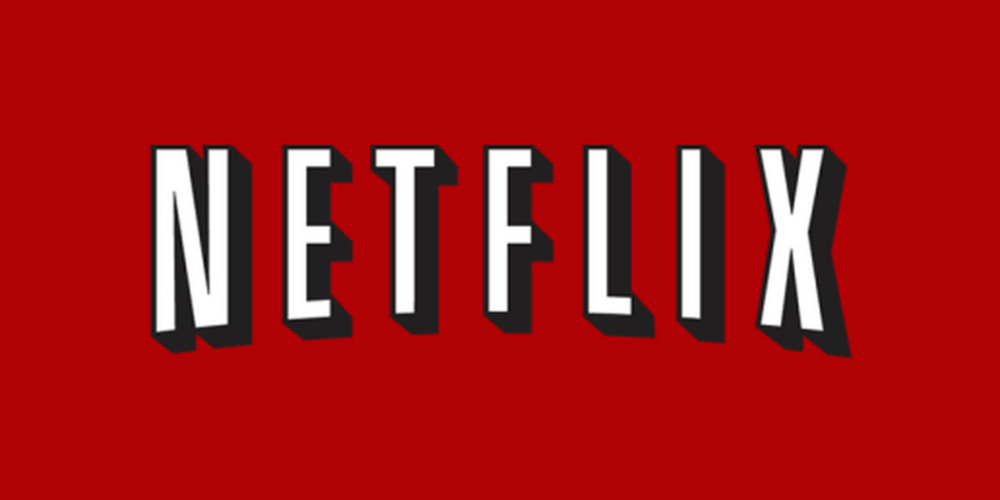Netflix has seen a boon as a result of COVID-19.
The streaming giant has benefitted from so many users being stuck at home during the pandemic all across the world. According to Cinema Blend, streaming content accounted for 23% of all television being viewed the week of March 15th, and 29% of that streaming was done on Netflix. It’s safe to assume that those numbers have done nothing but increase as more states and countries shut down amidst the pandemic.
In fact, according to MarketWatch, Netflix has had its biggest quarter ever for new subscribers, adding over 15 million new users. As a result, Netflix stock closed at a record high on Monday.
This is especially impressive when you consider all that could go wrong for the streaming service. Netflix relies on networking infrastructure to make sure users can access content. According to Forbes, COVID-19 has pushed internet use up 70% while streaming has risen more than 12% as of late March. This added strain on infrastructure could easily cause delays or lack of access for users. However, Netflix has shown no such problems when users have needed them most, and a recent blog post by Sekwon Choi may explain why.
The technical post explains how the company has used a number of standards, including adaptive bitrate streaming (ABR), digital right management (DRM), and Transport Layer Security 1.3 (TLS 1.3) in order to achieve success.
The company was using TLS ½ until recently, but Choi asserts that 1.3 allows for safer and faster experiences. It provides a secure channel between two peers by providing tools and methods to achieve authentication, confidentiality, and integrity. According to the post:
TLS 1.2 supports key exchange algorithms with PFS, but it also allows key exchange algorithms that do not support PFS. Even with the previous version of TLS 1.2, Netflix has always selected a key exchange algorithm that provides PFS such as ECDHE (Elliptic Curve Diffie Hellman Ephemeral). TLS 1.3, however, enforces this concept even more by removing all the key exchange algorithms that do not provide PFS, such as static RSA.
TLS 1.3 also offers authentication encryption and a redesigned handshake protocol. While 1.2 only protected the integrity after the cipher suite negotiation, 1.3 signed the entire handshake and prevents the attacker from downgrading the cipher suite.
Netflix did a series of A/B testing and found that play delay was reduced and media rebuffers were improved. The company is confident TLS 1.3 improves communication security and provides a better streaming service.
Just another example of a company putting in the work to ensure their technology is working to ensure the company succeeds.
If you enjoyed this article and want to receive more valuable industry content like this, click here to sign up for our digital newsletters!











Leave a Reply